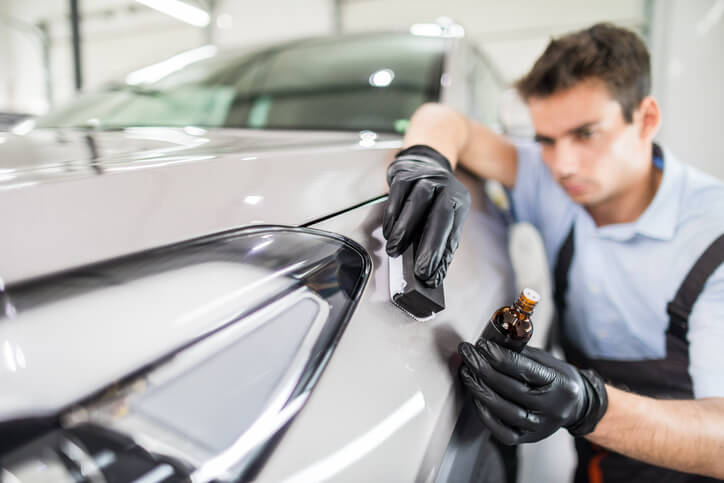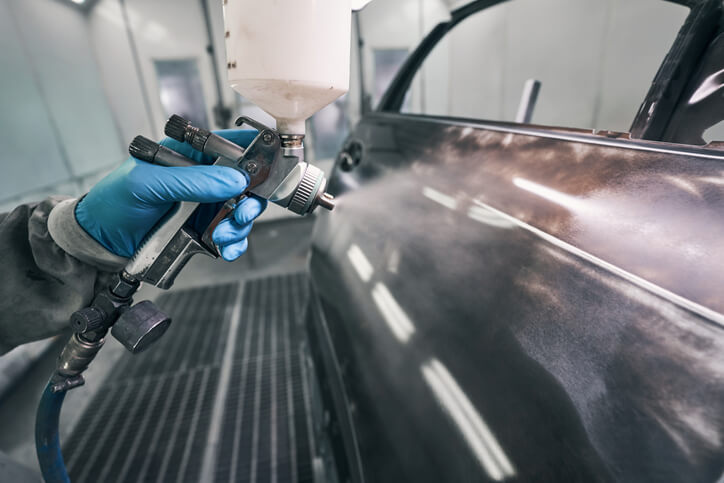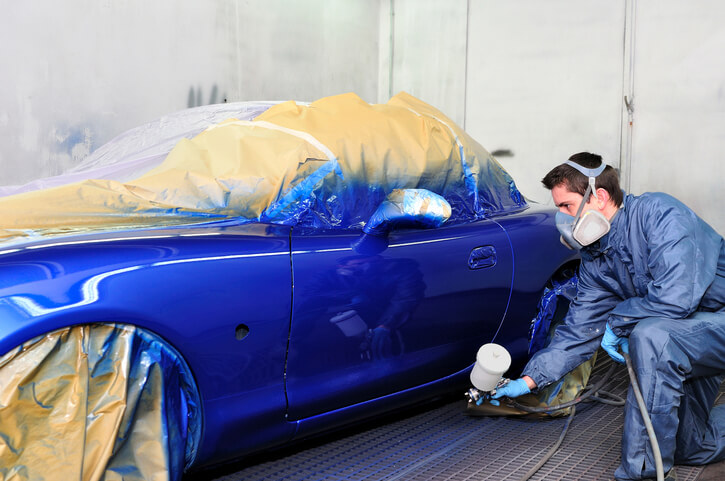3 Custom Paint Secrets for Students in Auto Detailing Training
Auto detailing is more than a career for those passionate about restoring and improving vehicles. It’s a skill that needs constant upgrading. It’s a hobby that needs progressive refining and polishing. If you’re irresistibly drawn to the prospect of helping auto vehicles look and perform at their absolute best, auto detailing training at ATC Toronto is the right place to hone your talents to perfection.
Among the myriad skills you’ll acquire in auto detailing training, mastering the art of custom paintwork is a pinnacle achievement. In this blog post, we’ll delve into three custom paint secrets that can elevate your skills as a student in auto detailing training.
1. Appropriate and Thorough Surface Preparation
The first and perhaps the most crucial secret to exceptional custom paint jobs is thorough surface preparation. It’s a foundational step that can make or break the final result. As an automotive school student, you must understand that the paint will only look as good as the surface it’s applied to.
Surface preparation involves several steps. Begin by thoroughly washing the vehicle to remove all dirt, grime, and contaminants. Next, move on to sanding. Sanding creates a smooth surface and ensures that the paint adheres well. Students should learn to use different grits of sandpaper, starting with coarser grits to remove the old paint and imperfections and gradually moving to finer grits for a smooth finish.
Remember, patience is key in surface preparation. Rushing through this stage can lead to a less-than-ideal paint job, no matter how high the quality of your paint and tools.

2. Auto Detailing Training Promotes Use of the Correct Paint and Tools
The second secret is in the selection of paint and tools. The market is flooded with various paints and tools, each promising outstanding results. However, as a student in auto detailing, discerning the right products is essential.
Regarding paint, consider factors like colour accuracy, durability, and finish. High-quality automotive paints may cost more but offer better coverage, longevity, and finish. Also, consider environmental and health concerns by opting for paints with lower VOCs (Volatile Organic Compounds).
As for tools, investing in high-quality brushes, spray guns, and air compressors can significantly affect the precision and finish of your work. A good spray gun, for instance, can ensure even application and reduce the chances of drips or inconsistencies.

3. Master the Art of Colour Matching
Another foundational secret of custom paintwork is the intricate process of colour matching. As a student in auto detailing training, you’ll soon discover that achieving a flawless colour match is more than just picking a paint chip off the shelf. It’s a blend of science and art.
To start, understanding the colour spectrum and the nuances of different pigments is crucial. Invest time in studying colour theory and practice matching various shades. Utilize tools such as colour charts, spectrophotometers, and even digital colour-matching software to refine your eye for precision.
Additionally, hands-on experience with mixing paints and creating custom blends is invaluable. Experiment with different ratios and observe how the colours interact. This tactile approach will deepen your understanding of pigments and help you develop an intuitive sense for achieving spot-on colour matches.
Are you looking for a future in auto careers?
Contact ATC Toronto for more information.


